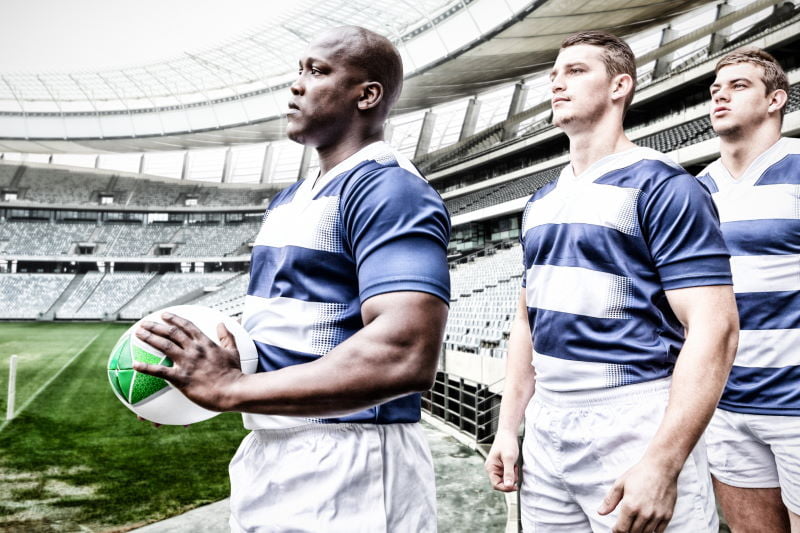I want it to answer a question that I received quite a lot, and it’s pretty much what a Redmond sports medicine physician does? First off, a sports medicine doctor is an advocate for exercise and medicine and advocates for both athletes and the general population. You’ll quickly find out that most sports medicine physicians are athletes themselves. I’m going to break up our duties into multiple categories.
We Care For Athletes
The first is that we’re involved in sports medicine coverage. We’re on the sidelines. We’re caring for athletes. If there are injuries on the field, we’re at the bedside or the courtside of our patients. We’re trying to assess them and make sure that they’re safe. This involves anything from fracture assessments to concussion assessments to any wear and tear injury, to knee pain treatment that takes an athlete off the court or field. The other thing involved in sports medicine-based coverage is that we can sit on committees that basically put together action plans for a medical emergency or how an event can be run at a larger scale and be still medically safe. They’ll have medical directors at these committee meetings. Many sports medicine physicians will take that on as an additional form of responsibility when it comes to event coverage.
The second area that we focus a lot on is musculoskeletal care. This is our bread and butter. This means muscles, tendons, joints, skin, and that’s what we deal with—anything from arthritis to tendonitis, to heel pain, foot pain, neck pain, back pain. We’re pretty much the go-to experts in that area.
We Take Care Of The Team
The third domain that we’re involved with is athlete care. As sports medicine doctors, we can take on the role of being the team physician. We care for the team as a whole. We usually are their sports medicine doctor, but we’re also their primary care physician. This is why you have to have a good breadth of knowledge. Sports medicine doctors will see quite a lot of medicine that isn’t just injuries you still need to be aware of. If an athlete has a sore throat, you have to deal with that. If they got sick somewhere else, you have to deal with that in the era of COVID. It’s an extensive basis, but it’s a pretty exciting aspect of our jobs. Especially when you look at the NBA, NFL NHL, most teams have a team doctor onsite.
What our fourth domain is promoting exercise medicine. We know research has shown that exercise decreases inflammatory markers, increases cognitive capacity, decreases biological and chronological aging to some degree. We work hard to promote this. There are certain patients, for example, that require some extra guidance and modifications to their exercise prescription based on their medical conditions. We will see people who, for example, are suffering from obesity or suffering from spinal cord injuries, or cancer, and even neuromuscular disorders. We work with them to create an exercise plan while also treating their other medical conditions.
We Provide Advanced Therapies
The last area of sports medicine that I think is one of the most exciting areas is the procedural aspect. A lot of what we do in terms of a physical examination is very hands-on, but we also do hands-on procedures that are ultrasound-guided. Sports medicine doctors may be trained to use ultrasound to guide hip joint injections and injections into other joints. It’s quite an exciting area of medicine and one that’s growing quite a lot at the same time. By taking a portable ultrasound machine on the field, you can provide a quick assessment to see if a tendon is torn or check similar invisible injuries.
As you can see, the sports medicine doctor’s job is highly diverse. I hope that this sheds some light on the true scope of the practice. If you or anyone you know requires sports medicine, please call us right away.

